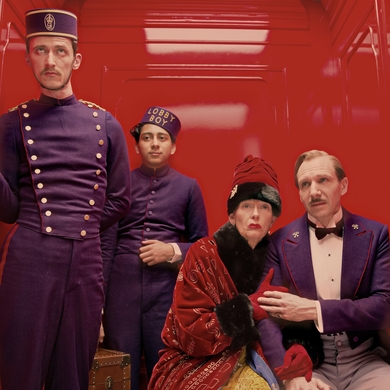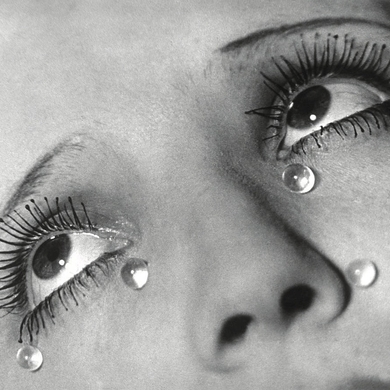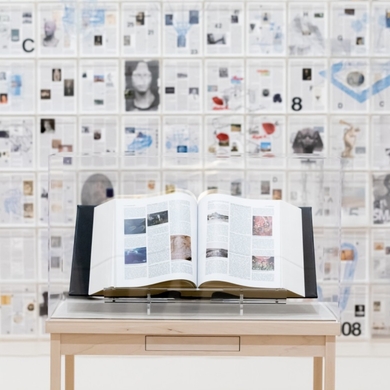In 1907, Picasso’s Rose Period gave way to his African Period, which saw the creation of the incomparable Les Demoiselles d’Avignon. This large-scale canvas was different from anything Picasso had done before. On the left side, he painted three women inspired by Iberian sculpture; on the right side, two women had the faces of African masks, an art form Picasso had encountered at the Palais du Trocadéro. The public didn’t appreciate this masterpiece—Matisse was revolted by it—and it was not exhibited until 1916. Yet it was generative. Les Demoiselles d’Avignon led into another phase of Picasso’s development—Analytical Cubism. This exhibition explores Picasso’s ever-evolving relationship with abstraction through 140 works. —Elena Clavarino



